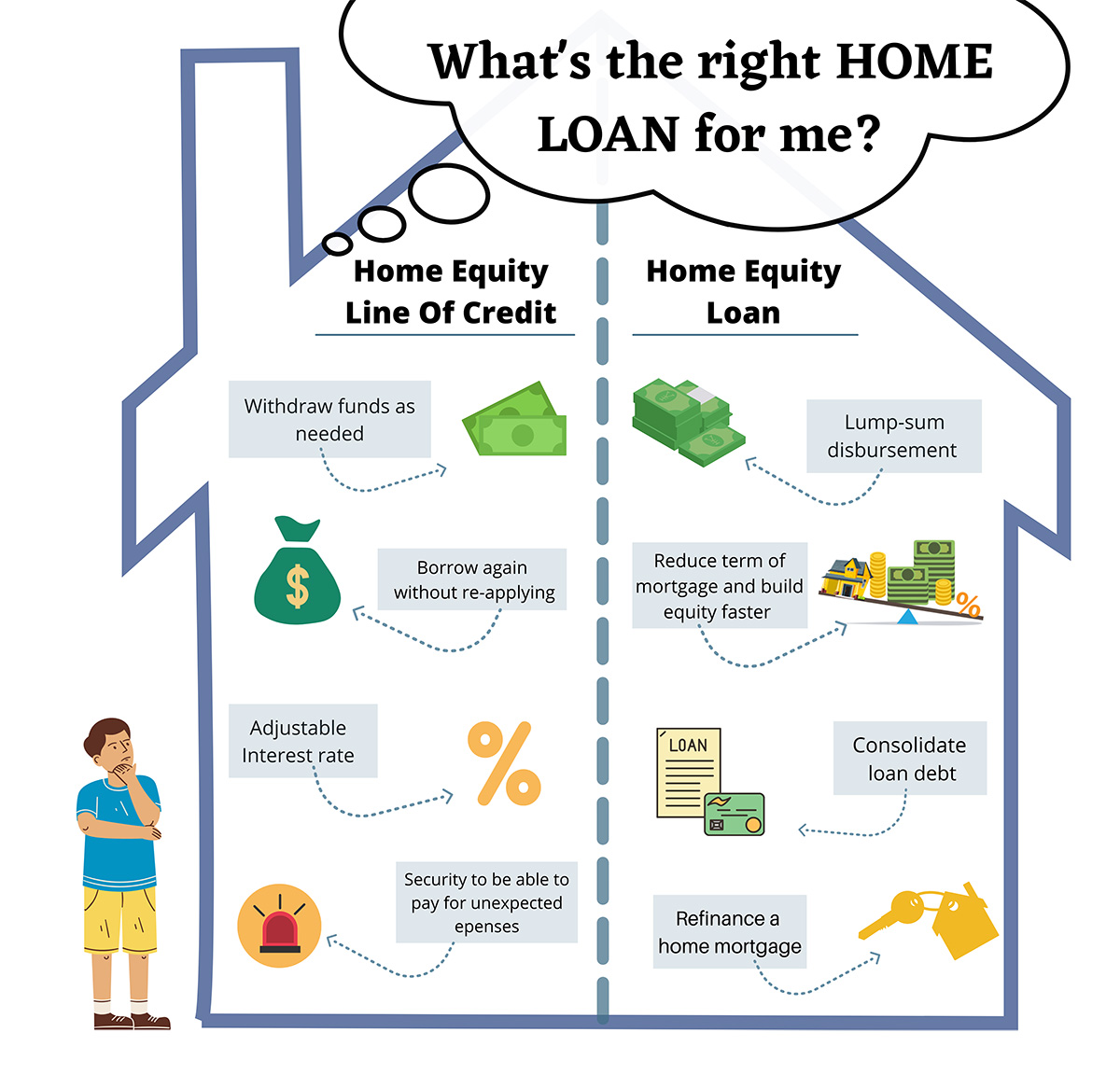Real-Life Examples Using Equity Release Mortgages
Real-Life Examples Using Equity Release Mortgages
Blog Article
Discovering the Various Types of Equity Release Mortgages Available Today
Equity Release home loans present different alternatives for property owners aged 55 and over. equity release mortgages. These financial products satisfy various requirements and choices, permitting individuals to accessibility funds from their residential property. From lifetime home mortgages to common recognition home loans, each kind uses distinct benefits. Comprehending these choices is essential for making educated decisions. What variables should one take into consideration when selecting one of the most appropriate equity Release plan? The information that follow may lose light on this crucial subject
Comprehending Equity Release Mortgages
Equity Release mortgages supply property owners, normally those aged 55 and over, with a means to access the value locked up in their residential or commercial property without requiring to sell it. This monetary alternative permits people to convert a portion of their home equity into cash money, which can be made use of for numerous functions, such as home improvements, settling financial obligations, or financing retirement.Equity Release can take different types, but it fundamentally entails borrowing versus the value of the home while maintaining possession. House owners can pick to obtain a round figure or a collection of smaller sized payments, relying on their monetary needs and preferences.Additionally, the quantity readily available for Release is affected by the building's worth, the home owner's age, and details lender requirements. In general, recognizing equity Release home loans is crucial for homeowners to make enlightened choices about touching into their home's equity while taking into consideration the long-lasting effects.
Life time Mortgages
Life time home mortgages represent one of the most popular types of equity Release. This monetary product allows property owners, generally aged 55 or older, to borrow versus the value of their property while keeping ownership. The loan, which is secured versus the home, builds up interest gradually yet does not require regular monthly settlements. Instead, the car loan and built up interest are paid back when the home owner passes away or moves into long-term care.Lifetime home mortgages use flexibility, as consumers can select to receive a round figure or choose a drawdown facility, accessing funds as needed. Importantly, several plans come with a no-negative-equity assurance, making sure that debtors will certainly never ever owe greater than the value of their home. This attribute offers assurance, enabling people to appreciate their retired life without the anxiety of depleting their estate. Generally, lifetime home mortgages work as a viable option for those seeking financial backing in later life.
Home Reversion Program

Drawdown Lifetime Mortgages
While lots of homeowners look for means to access their wide range, drawdown life time home loans provide a versatile alternative that enables people to Release funds gradually. This kind of equity Release home mortgage enables property owners to obtain against the worth of their residential property while preserving ownership. Unlike traditional lifetime home mortgages, drawdown plans allow debtors to access a section of their equity upfront and withdraw additional funds as required, as much as a fixed limit.This attribute can be especially advantageous for those that desire to manage their finances carefully, as it lessens passion buildup by just charging interest on the quantities attracted. In addition, drawdown lifetime home loans commonly feature a "no negative equity warranty," making certain that debtors will certainly never owe greater than their home's value. This choice matches retirees that prefer economic safety and security and adaptability, allowing them to meet unexpected expenditures or maintain their way of living without having to offer their home.
Boosted Lifetime Mortgages
Enhanced Lifetime Home loans provide unique benefits for qualified home owners looking for to Release equity from their properties. Comprehending the qualification criteria is essential, as it identifies who can gain from these specialized lendings. However, it is additionally vital to evaluate the possible drawbacks connected with improved options, making sure a well-rounded point of view on their usage.
Qualification Requirements Described
Understanding the qualification criteria for Enhanced Life time Mortgages is crucial for potential applicants looking for to access the equity in their homes. Generally, candidates have to be aged 55 or older, as this age demand is typical in the equity Release market. House owners ought to have a residential property valued at a minimum threshold, which can differ by lending institution. Importantly, the property has to be their key house and in excellent problem. Lenders commonly evaluate the property owner's health status, as particular health and wellness problems might improve qualification and advantages. Additionally, candidates should not have existing substantial financial obligations secured against the property. Meeting these criteria enables people to discover Enhanced Life time Home loans as a viable choice for accessing funds bound in their homes.
Advantages of Improved Home Mortgages
After making clear the qualification standards, it comes to be evident that Improved Life time Home mortgages offer a number of considerable benefits for home owners aiming to take advantage of their property equity. Largely, they provide access to a bigger car loan quantity compared to typical lifetime home loans, benefiting those with health conditions or age-related factors that increase their life span danger. This boosted borrowing capability enables homeowners to satisfy various monetary demands, such as home enhancements or retirement expenses. Furthermore, these home loans commonly feature versatile payment alternatives, enabling borrowers to manage their funds extra properly. The no-negative-equity guarantee better guarantees that home owners will certainly never ever owe even more than their building's worth, offering assurance. In General, Improved Lifetime Home loans provide a compelling alternative for eligible home owners looking for financial solutions.
Possible Disadvantages Considered
While Enhanced Lifetime Home loans use countless advantages, potential disadvantages necessitate cautious consideration. One significant concern is the effect on inheritance; the equity released lowers the value of the estate left to recipients. Furthermore, these mortgages can accumulate significant passion over time, resulting in a considerable financial debt that may exceed the original car loan quantity. There may additionally be limitations on residential property adjustments or rental, restricting house owners' adaptability. Improved products frequently require specific health and wellness conditions, suggesting not all home owners will certify. Handling the charges and costs linked with these home loans can be complex, potentially leading to unexpected costs. Therefore, individuals ought to completely evaluate their scenario and get in touch with monetary experts before continuing.
Shared Gratitude Home Loans
Shared Gratitude Home loans stand for a distinct monetary plan that allows homeowners to accessibility equity while sharing future residential property worth enhances these details with the loan provider. This strategy supplies potential benefits such as lowered regular monthly repayments, yet it also includes downsides that must be thoroughly considered. Understanding the qualification requirements is vital for those thinking about this option.
Principle Review
Equity Release home mortgages, specifically in the kind of common appreciation home loans, use house owners a distinct monetary service that permits them to access funds by leveraging the value of their building. In this plan, a lender offers a loan to the home owner, which is normally settled through a share of the residential property's future appreciation in worth. This implies that when the property owner sells the property or passes away, the lender gets a percentage of the boosted value, instead than simply the preliminary finance quantity. Shared gratitude mortgages can be appealing for those looking to supplement their income or financing substantial expenses while maintaining possession of their home. Nonetheless, the financial effects of shared gratitude should be thoroughly thought about by potential borrowers.
Advantages and Downsides
Although shared recognition home loans can give significant monetary benefits, they additionally include notable downsides that possible borrowers ought to consider. These mortgages allow house owners to gain access to equity in their homes while sharing a part of any future recognition with the lending institution. This plan can be useful throughout times of increasing residential property values, using substantial funds without regular monthly settlements. The major disadvantage is the potential loss of equity; house owners may end up with substantially minimized inheritance for heirs. Furthermore, the complexity of the terms can result in misunderstandings concerning payment commitments and the portion of gratitude owed. It is vital for consumers to evaluate these factors meticulously prior to devoting to a shared gratitude home mortgage.
:max_bytes(150000):strip_icc()/dotdash-reverse-vs-forward-mortgage-Final2-6961b02571a444ec8bfad146b6138665.jpg)
Qualification Demands
What criteria must house owners fulfill to receive a shared recognition home mortgage? Mainly, candidates must go to the very least 55 years old, guaranteeing they are within the target market for equity Release items. Furthermore, the home needs to be their main house and usually valued over a specified minimum limit, usually around ? 100,000. Lenders likewise examine the homeowner's financial conditions, consisting of revenue and arrearages, to determine they can take care of the home loan responsibly. Notably, the residential property has to remain in good problem and complimentary from considerable lawful encumbrances. Home owners ought to also have a clear understanding of the terms, consisting of exactly how admiration will be shown to the loan provider upon sale or transfer of the residential or commercial property, as this influences general returns.
Picking the Right Equity Release Alternative

Regularly Asked Inquiries
What Age Do I Required to Be for Equity Release?
The age demand for equity Release normally begins at 55 for most plans. Some suppliers may use options for those aged 60 and above, reflecting differing terms based on individual conditions and lending institution plans.
Will Equity Release Affect My Inheritance?
Equity Release can impact inheritance, as the quantity borrowed plus passion minimizes the estate's worth. Heirs might receive much less than anticipated, relying on the building's gratitude and the overall debt at the time of passing.
Can I Move Home With Equity Release?
The concern of moving house with equity Release occurs often. Normally, individuals can move their equity Release strategy to a new property, yet specific terms and problems may use, needing appointment with the lender for guidance.
Are There Fees Connected With Equity Release Mortgages?
Costs related to equity Release home mortgages can consist of setup costs, assessment costs, and lawful costs. Furthermore, navigate to these guys there may be very early payment fees, which can affect the overall price and economic effects for the consumer.
How Does Equity Release Effect My Tax Obligation Situation?
Equity Release can affect one's tax scenario by possibly boosting taxable revenue, as launched funds are considered funding. It generally does not incur prompt tax obligations, making it necessary to get in touch with an economic advisor for individualized support.
Final thought
In recap, the variety of equity Release home mortgages offered today provides property owners aged 55 and over several paths to access their building's worth - equity release mortgages. Whether choosing a life time mortgage, home reversion plan, or various other alternatives, each alternative provides distinct benefits customized to individual monetary demands. Careful consideration and examination with a financial consultant are vital to guarantee the chosen equity Release service straightens with financial circumstances and individual objectives, inevitably assisting in educated decision-making for a protected monetary future. Equity Release home loans present various choices for property owners aged 55 and over. Equity Release home mortgages provide property owners, generally those aged 55 and over, with a way to access the worth linked up in their property without needing to sell it. Boosted Life time Home loans provide distinctive advantages for qualified property owners looking for to Release equity from their properties. Equity Release home mortgages, specifically in the type of shared admiration mortgages, provide home owners a special monetary remedy that permits them to access funds by leveraging the worth of their building. In summary, the selection of equity Release mortgages offered today provides property owners aged 55 and over numerous pathways to access their residential property's value
Report this page